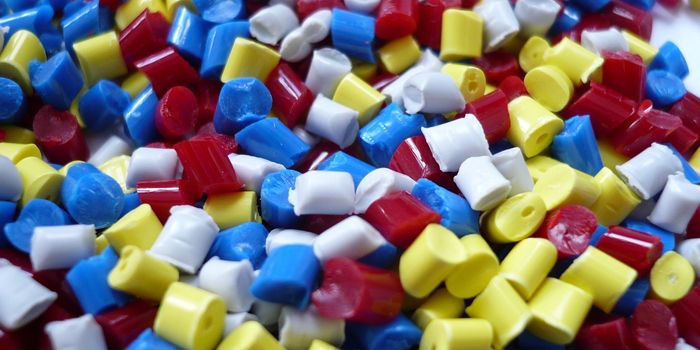Hologram Technology To Ablate Liver Tumors
Augmented reality has been used for clinical studies and data suggests it can be effectively used for liver cancer therapy. How so? Through the use of a 3D-holographic view inside the body of a patient allowing physicians to intervene accurately by burning away the tumors and avoiding critical structures from negative impact.
Learn more about the role of hologram technology in a clinical setting:
Data was presented virtually in Society of Interventional Radiology's 2020 Annual Scientific Meeting.
"Converting traditional two-dimensional imaging into three-dimensional holograms which we can then utilize for guidance using augmented reality helps us to better view a patient's internal structures as we navigate our way to the point of treatment," said Gaurav Gadodia, MD, lead author of the study and radiology resident at Cleveland Clinic. "While conventional imaging like ultrasound and CT is safe, effective, and remains the gold-standard of care, augmented reality potentially improves the visualization of the tumor and surrounding structures, increasing the speed of localization and improving the treating-physician's confidence."
Initially, the technology was used to deliver ‘percutaneous thermal ablation’ a treatment targeted for solid liver tumors and as such clinicians needed to use multi-phase CT to record and coordinate markers on a patient.
"This technique can be used intra-procedurally to check the accuracy and quality of the treatment, as well as pre-procedurally to engage with the patient in their own care," said Charles Martin, III, MD, FSIR, an interventional radiologist at Cleveland Clinic who is the principal investigator of the IRB and the senior author of the study. "We can change 2D images into holograms of a patient's distinct anatomy so that both the physician and the patient get a better understanding of the tumor and treatment."
Source: Science Daily









